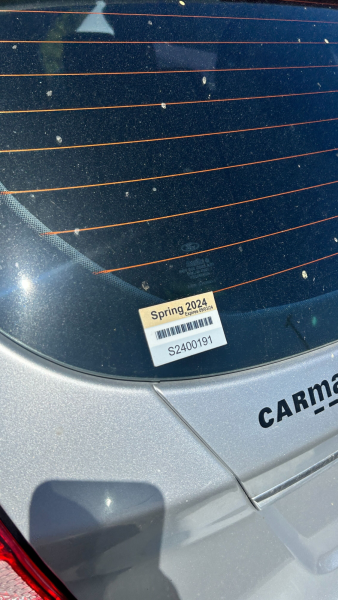To see or not see – that is the question
Most Christians, however, watch the same movies as everyone else. We are not automatons who imitate the bad behavior on screen and we evaluate the story as a whole rather than count swear words. We believe all truth is God’s truth and reality has no production code or parental controls. We know that good art reflects life – and life isn’t all chocolate. But is there a point where there’s too much doo-doo on that DVD?
October 1, 2008
Every once in a while, one of those “inspirational” urban legends shows up in my inbox. Two teenagers want to see a PG-13 film, insisting that “a little bit” of swearing won’t ruin a good movie. The mother objects by baking cookies using rabbit droppings instead of chocolate chips, saying that “a little bit” of dung won’t ruin a good dessert, and the kids never see media consumption the same way.
Most Christians, however, watch the same movies as everyone else. We are not automatons who imitate the bad behavior on screen and we evaluate the story as a whole rather than count swear words. We believe all truth is God’s truth and reality has no production code or parental controls. We know that good art reflects life – and life isn’t all chocolate. But is there a point where there’s too much doo-doo on that DVD?
I put questionable content in three categories.
The first is for the films that do not have a good story to begin with. Not only are they filled with offensive content, but they have nothing intelligent or truthful to say about life. It’s a simple decision for me – I will not drop $8 on gore-porn that throws disgusting dismembered body parts at my eyes and makes my IQ drop a few points in the process.
The second category is for content that pointlessly detracts, both morally and artistically, from an otherwise good film. Mickey Rooney’s stereotypical character in “Breakfast at Tiffany’s” is one infamous example. A few years ago, a company called Cleanflicks sold their own family-friendly edited DVDs so consumers could skip the sex and swearing, until Hollywood copyright lawsuits blocked them. Clearplay, a DVD player that screens out objectionable content from regular DVDs, survived these lawsuits and is still on the market as an option for those who want to see “Titanic” without nudity or “The Patriot” without beheadings. Film directors want to see these companies shut down, saying that moral censorship ruins their artistic vision.
This brings me to the third category where controversial content is essential to the truth of the film. After all, there is no way to tell stories like “Schindler’s List,” “Borat,” or “The Dark Knight” using a G rating. Still, while some people may be floored at the graphically depicted sacrifice in “The Passion of the Christ,” others get no such edification from the violence.
In the end, the question of where to draw the line varies for each individual. Even for controversial good films, most of us have a impassable point. Some people can handle excessive violence but not sex, or vice versa. Others cannot sit through blasphemy or racial slurs. Still others find a stumbling block in seemingly innocuous media that glamorizes an anorexic, consumerist life. This is where humility and moderation comes in – we need to know ourselves and respect the decisions of others.






